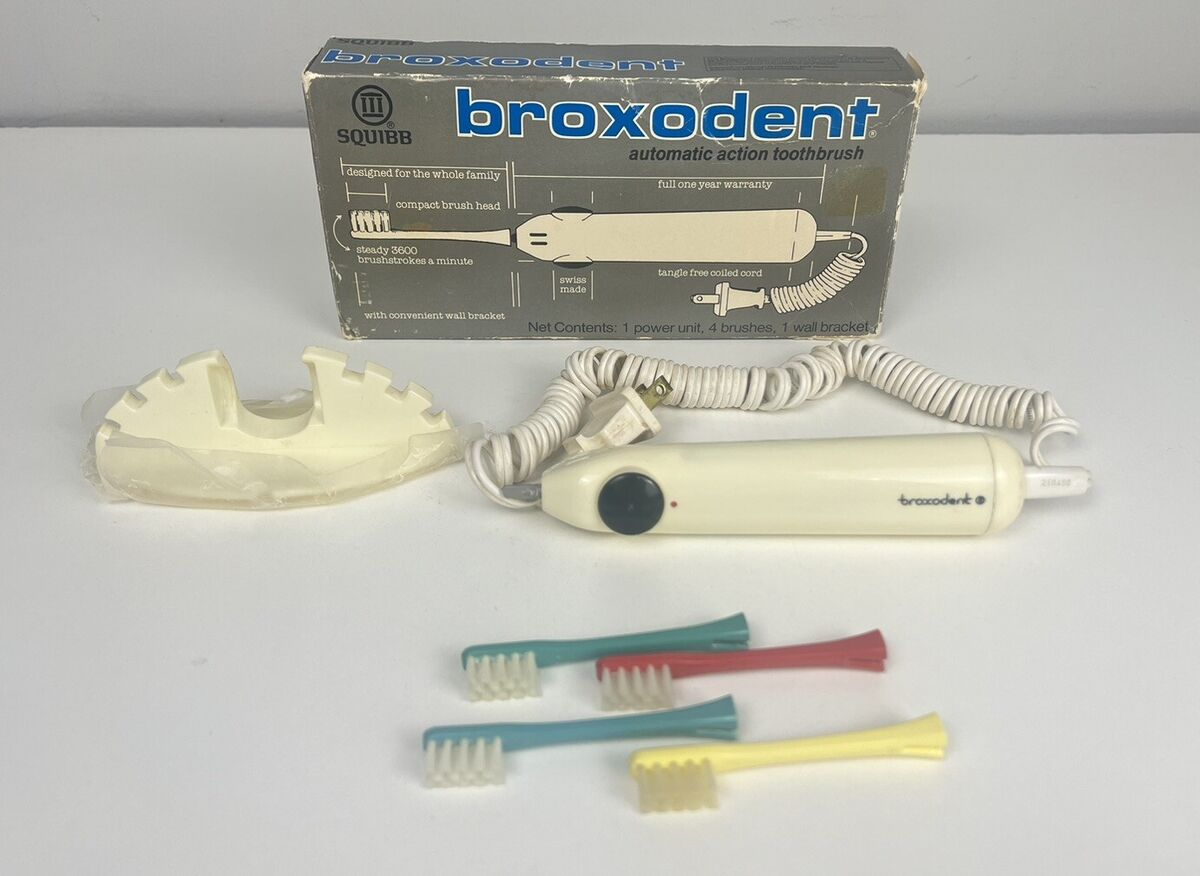The 1970s was a remarkable decade that witnessed a surge of technological innovations, many of which were ahead of their time. This era introduced gadgets that not only transformed daily life but also laid the groundwork for the advanced technologies we enjoy today. From video phones to portable computers, these 23 inventions were visionary, even if they faced challenges in their time.
23. Bell System Picturephone

The Bell System Picturephone, launched in 1970, was a revolutionary video phone that allowed users to see each other during calls. This marked a significant leap towards modern video conferencing. Priced at around $160 per month (equivalent to about $1,100 today), it was primarily adopted by corporate clients and affluent individuals. Despite its groundbreaking technology, the Picture Phone faced challenges such as high costs and bulky equipment, leading to only about 500 units sold in select cities like New York and Chicago.
Today, the Picture Phone is remembered as a visionary product that, despite its commercial failure, paved the way for the development of more advanced and accessible video conferencing technologies that are integral to our daily lives.
22. Polaroid Polar Vision

In 1977, Polaroid Polar Vision made its debut, allowing users to film and instantly develop short movies at home. This innovative system included a camera, a film cartridge, and a tabletop viewer for playback. Users could film up to three minutes of footage per cartridge, which developed instantly once inserted into the viewer. However, the high cost of around $600 for the camera and $15 per film cartridge limited its appeal.
Despite its cutting-edge technology, Polar Vision struggled against the advent of VHS tapes and camcorders, which offered longer recording times and easier playback. Discontinued in the early 1980s, Polar Vision cameras are now considered rare collector’s items, cherished by enthusiasts of vintage technology.
21. IBM 5100 Portable Computer

The IBM 5100, released in September 1975, was one of the first portable computers, weighing about 5 pounds. It featured a 5-inch CRT display, a built-in keyboard, and the ability to run APL and BASIC programming languages. Priced between $897 and $9,975, it was a significant investment for businesses and academic institutions needing powerful computing on the go.
Today, the IBM 5100 is a collector’s item and a significant piece of computing history. Although no longer in production, some units can still be found in museums or private collections, showcasing the early days of portable computing.
20. Sebring Vanguard Citicar

The Sebring Vanguard Citicar, introduced in 1974, was a pioneering electric vehicle that featured a lightweight fiberglass body and a 3.5 horsepower electric motor. Capable of reaching speeds up to 30 mph with a range of about 40 miles per charge, it was ideal for short urban commutes. Priced at around $3,000, it appealed to environmentally conscious consumers during the 1970s energy crisis.
With over 2,300 units sold before production ceased in 1977, the City Car was the most produced American electric car until modern EVs emerged. Today, it is a collector’s item, cherished by vintage car enthusiasts and EV pioneers alike.
19. IBM 3800 Laser Printer

The IBM 3800 Laser Printer, introduced in 1976, revolutionized printing technology as the first high-speed laser printer. Capable of producing high-quality prints at an unprecedented speed of up to 215 pages per minute, it was ideal for large-scale printing tasks. Priced at around $500,000, it targeted large corporations and institutions.
The success of the IBM 3800 laid the foundation for future advancements in laser printing. While no longer in production, its legacy continues to influence the design and development of modern laser printers that dominate the market today.
18. Texas Instruments Speak and Spell

Released in 1978, the Texas Instruments Speak and Spell was an innovative educational toy that utilized speech synthesis technology to help children learn spelling and pronunciation. Priced at around $50, it featured a keyboard and a small screen, making learning interactive and engaging.
The Speak and Spell sold over a million units in its first year, becoming a staple in many households and classrooms. Today, it is considered a collector’s item, with its legacy living on in modern educational tools that trace their roots back to this groundbreaking technology.
17. Kodak Digital Camera Prototype

In 1975, Kodak engineer Steve Sasson invented the first digital camera prototype, a revolutionary gadget that captured images using a charge-coupled device (CCD) image sensor. Although it was never commercially released, this bulky contraption recorded black and white photos with a resolution of 0.01 megapixels.
Despite its potential, Kodak did not pursue digital photography, fearing it would disrupt their lucrative film business. Today, the original prototype is preserved at the George Eastman Museum, showcasing Kodak’s early innovation that laid the groundwork for the digital photography industry.
16. Atari Home Pong Console

The Atari Home Pong Console, released in 1975, revolutionized home entertainment by bringing the popular arcade game Pong into living rooms. Priced at $98.95, it featured two built-in paddles and a straightforward design, making it accessible to a broad audience.
With over 150,000 units sold in its first year, the Home Pong marked the beginning of the home video game industry. Today, it is considered a collector’s item and a piece of gaming history, symbolizing the early days of video gaming.
15. Sony Betamax SL 7200

The Sony Betamax SL 7200, released in 1975, was a home video cassette recorder that offered superior picture quality compared to its main competitor, VHS. Priced at around $1,300, it allowed users to record and playback television programs, revolutionizing home entertainment.
Despite its advanced technology, the Betamax SL 7200 struggled against the VHS format due to shorter recording times and higher costs. Today, it is a rare collector’s item, cherished by vintage electronics enthusiasts and tech historians.
14. Pulsar P1 Digital Wristwatch

The Pulsar P1, introduced in 1972, marked the beginning of the digital era in wristwatches. Priced at a staggering $2,100, it featured an LED display that required the wearer to press a button to see the time.
By the mid-1970s, companies like Seiko and Casio began mass-producing affordable digital wristwatches, making them accessible to the general public. Today, original 1970s digital wristwatches are considered vintage collectibles, reflecting the public’s fascination with this cutting-edge technology.
13. Mattel Auto Race

The Mattel Auto Race, released in 1976, was a groundbreaking gadget that revolutionized gaming. Priced at around $25, it offered a simple yet addictive gameplay experience, allowing players to control a digital car racing against a timer.
Despite its rudimentary graphics, it sold over a million units, highlighting its popularity and impact on the gaming industry. Today, the Mattel Auto Race holds a special place in gaming history as one of the pioneers of handheld electronic gaming.
12. Xerox Alto

The Xerox Alto (1973) was perhaps the most prescient device of the decade. Though never mass-marketed, it introduced the graphical user interface, mouse-driven control, and ethernet networking – core elements of modern computing that wouldn’t become mainstream until the mid-1980s.
11. Casiotron Calculator Watch

The Casiotron calculator watch (1974) merged timekeeping with computing power in a way that seemed impossibly futuristic. This multi-function device predicted today’s smartwatches by showing how wearable technology could integrate multiple useful functions.
10. Commodore PET

The Commodore PET (1977) was one of the first all-in-one personal computers, combining a keyboard, monitor, and cassette tape drive in a single unit. While its specifications were modest, its integrated design concept influenced decades of personal computing development.
9. Bowar 9901B Calculator

The Bowar 9901B, released in the early 1970s, was a handheld LED calculator that revolutionized calculations. Priced at around $240, it featured a bright LED display, making numbers easily readable in various lighting conditions.
Despite its high price, the Bowar 9901B gained popularity, with approximately 100,000 units sold during its production run. Today, it is often featured in museums, showcasing the evolution of technology in portable computing devices.
8. Panasonic Automatic Bread Maker

The Panasonic Automatic Bread Maker, introduced in the 1970s, revolutionized home baking by allowing people to bake bread effortlessly. Priced at around $200, it quickly gained popularity with thousands sold within its first year.
Its cutting-edge features included programmable settings for different types of bread, making it versatile for various dietary needs. Today, it remains a staple in many kitchens, showcasing an early example of kitchen automation that continues to influence the culinary landscape.
7. Motorola Dynatac

The Motorola Dynatac, released in 1973, was a groundbreaking innovation in mobile communication. Priced at around $4,000, it was a luxury item that offered mobility while talking, paving the way for future mobile phone innovations.
With around 2,000 units sold by 1984, the Dinac holds historical significance as one of the first commercially available handheld mobile phones, showcasing the evolution of telecommunications technology.
6. Sony TR 610

The Sony TR 610, introduced in 1970, was an innovative pocket radio that paved the way for modern portable music devices. Priced at $54.95, it offered compact size and clear reception, selling over 100,000 units during its prime.
Today, the Sony TR 610 holds a nostalgic place in the history of portable audio devices, serving as a precursor to smartphones and MP3 players, with well-preserved models fetching high prices among collectors.
5. Broxodent Electric Toothbrush

The Broxodent Electric Toothbrush was an innovative gadget that revolutionized dental hygiene in the 1970s. Priced at around $25, it offered a novel approach to tooth cleaning with its electric motor-driven bristles.
Although its initial success faded as newer electric toothbrush models emerged, the Broid Electric Toothbrush holds a place in history as one of the pioneering devices in oral care technology, showcasing early advancements that paved the way for modern electric toothbrushes.
4. Sony Walkman

The Sony Walkman, introduced in 1979, revolutionized personal audio by enabling people to listen to music on the move. Priced at around $150, it quickly became a cultural icon, symbolizing freedom and individuality.
With over 200 million units sold worldwide, the Walkman laid the foundation for modern audio technologies, evolving into CD players, MP3 players, and ultimately smartphones. Vintage models are sought after by collectors, preserving the Walkman’s legacy as a timeless innovation.
3. Polaroid SX70

The Polaroid SX70, introduced in 1972, was an instant camera that amazed users by developing photos right after they were taken. Priced at around $180, it combined convenience and innovation, allowing people to instantly capture moments.
The SX70 became immensely popular, selling millions of units worldwide. While newer technologies have eclipsed it in terms of convenience, it remains a beloved collector’s item and a symbol of Polaroid’s pioneering spirit in instant photography.
2. Cuisinart Food Processor

The Quisinart Food Processor, released in the 1970s, revolutionized kitchen appliances by combining multiple functions into one device. Priced at around $200, it quickly gained popularity, appealing to both professional chefs and home cooks.
Today, the Quisinart Food Processor remains a staple in many kitchens worldwide, showcasing its timeless innovation and enduring legacy as a groundbreaking kitchen gadget from the 1970s.
1. Clive Sinclair’s Pocket Calculator

The Clive Sinclair Pocket Calculator, released in the early 1970s, was among the first truly pocket-sized electronic calculators. Priced at around £79.95, it gained significant popularity despite its high initial cost.
Today, while the specific model may not be actively in production, its legacy lives on in modern handheld calculators and mobile devices, which owe much of their design and functionality to this pioneering gadget from the 1970s.




























